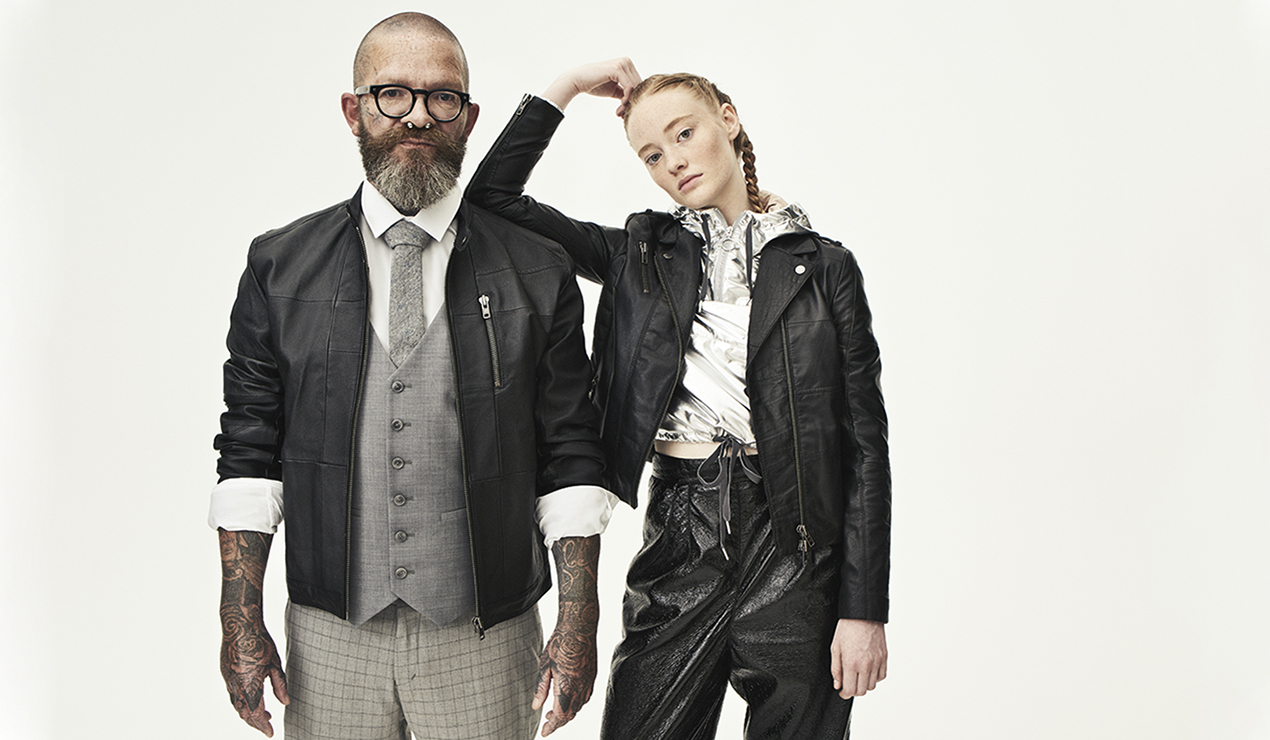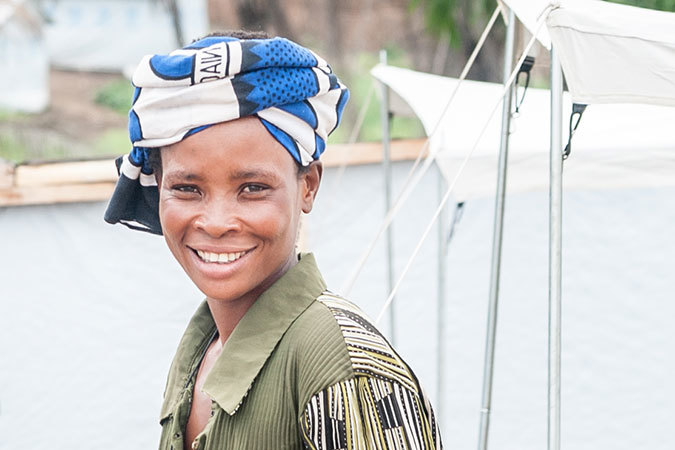In the world where fashion trend changes in unprecedented speed, the environmental consequences are not to be neglected. The amount of waste produced by fast fashion makes it the second largest pollutant in the world. Reimer Ivang, founder of ‘Better World Fashion‘, commits to making fashion more sustainable.
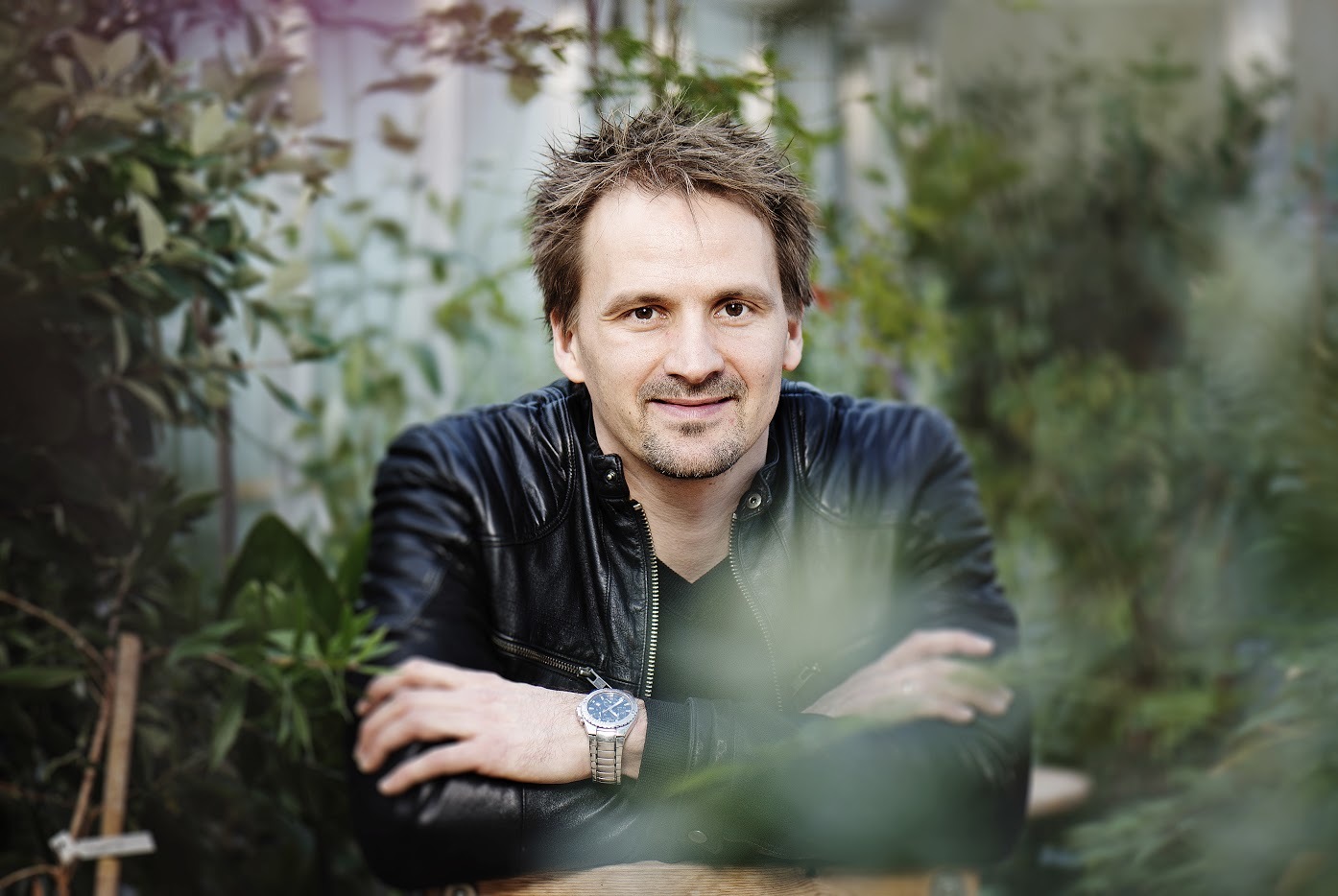
In the photo: Reimer Ivang Credit: Kristoffer Juul
Q. How do you describe the mission of Better World Fashion?
Better World Fashion is a Danish company that focuses on trying to convince the consumer to buy products that are better for the environment. We have fundamental belief that there’s nobody that pollute because they want to. Pollution and negative environmental impact of consumption basically happen because producer and company have not yet been able to produce a product that doesn’t have any negative environmental impact. We see ourselves as a pioneer and we want to show that it is possible to build a sustainable business based on a product that is fashionable but also approaches some of the big problems that the globe is facing. We produce leather jackets for men and women that are 98% reused and 100% unique. They are unique because when we use reuse material, we cannot make two leather jackets that are similar. They are also 98% reuse because 98% of the material is reused. We buy leather from NGOs that are sold in their recycle shop. When we buy the leather jacket, we sent it to our production in Poland and down there they wash them in order to neutralize odor and clean the dirt. Then, we do a completely tailored production. Each jacket will have a different stitch, and some will have thicker and some will have thinner leather.
We also use the second generation of polyester which is made out of plastic bottles. The metal and zipper are also reused as much as they can be.
We decided to work with leather because it is the most excellent textile for reuse because leather only gets better by reusing it. When you have a new leather jacket, you need to wear it awhile until you can break it. So with our reuse leather jacket, they have been broken in so we get leather with the feel and look that people like.
We also create a unique business model, when you buy our leather jacket, you will instantly get a Buyback Guarantee. When you want to change from one design to another, bigger or smaller size or you get tired of your leather jacket and you would like to give your boyfriend another jacket, each time you hand us one of our leather jackets, you’ll get 50% discount on our new jacket. You can also rent our leather jacket for a minimum of 4 months and when you have had the leather jacket for 24 months, it’s yours. Also, the buyback guarantee is unlimited, that means that you can walk around with the jacket for 10 years if you want and then you fall from bicycle and tear it up, we will also change it. We only need to be able to see in neck label that it’s our label jacket and we will make sure that the leather will move to the next stage for producing a new leather jacket.
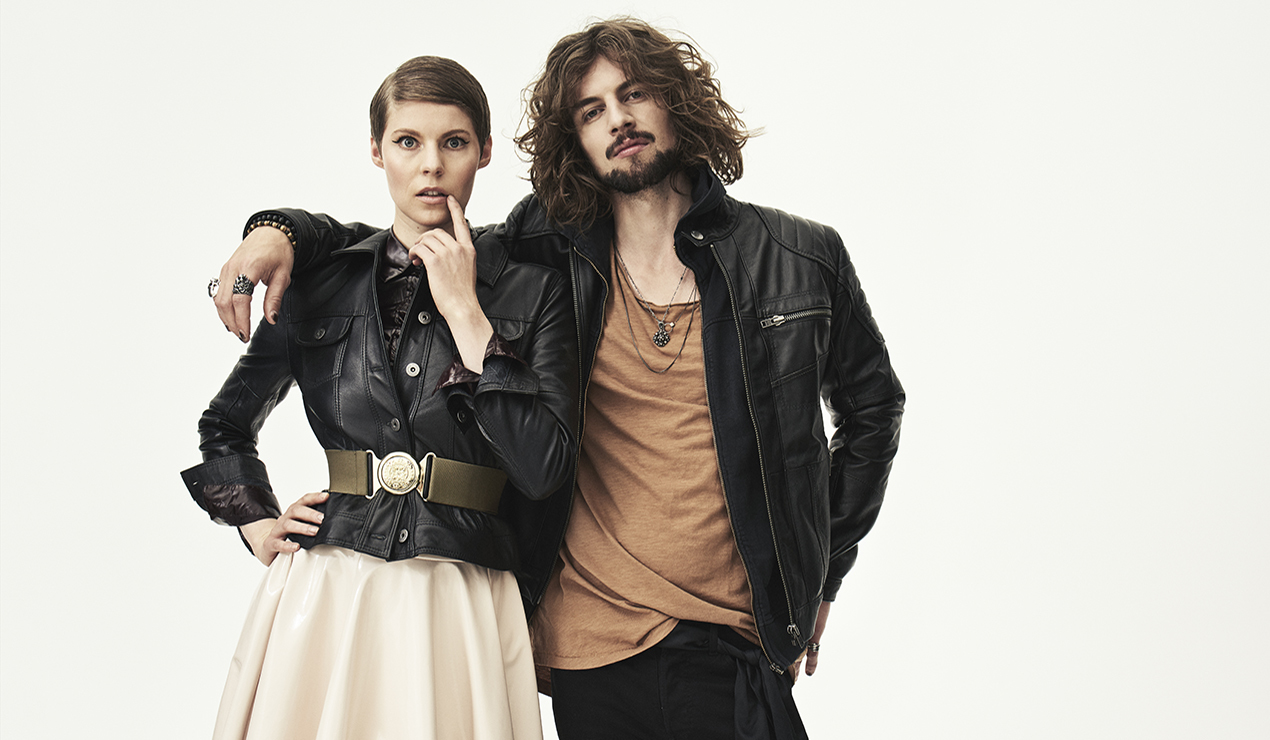
In the photo: Better World Fashion 2017 Credit: Kristoffer Juul
Q. Why do you decide to adopt circular economy as the business model?
We want to create a closed loop so that our resources do not disappear and we get them back. We also make a special app so everyone can build and share a story of our jacket. This way you can see each story of our customers. Each jacket is unique and it comes with a special serial number. When you get a serial number, login id, and password, you can go to your account then you can update and share your story that you have when you’re wearing your jacket. When you then give the jacket back to us, your story lives on in the jacket. If I sell or rent out the jacket again, then your story moves with it. And if I build a new jacket from your jacket, your story moves into the second generation. So in that way we have a unique jacket both in production and in the story.
The app creates a better self-belonging and the customer gets the feeling that they’re actively participating in the effort of co-producing the jacket with us. We have the idea to tackle the degeneration of the normal clothes. When you check them out from the store, they degenerate 80% in value. In Better World Fashion, we ask the consumer to use our jacket as much as they want but please remember to update the story because when we give the jacket to other people with their story then we believe the jacket does not lose so much value. It has maybe even become more valuable. This way we can prolong the life of these goods and in that way make sure that the resource consumption is minimized.
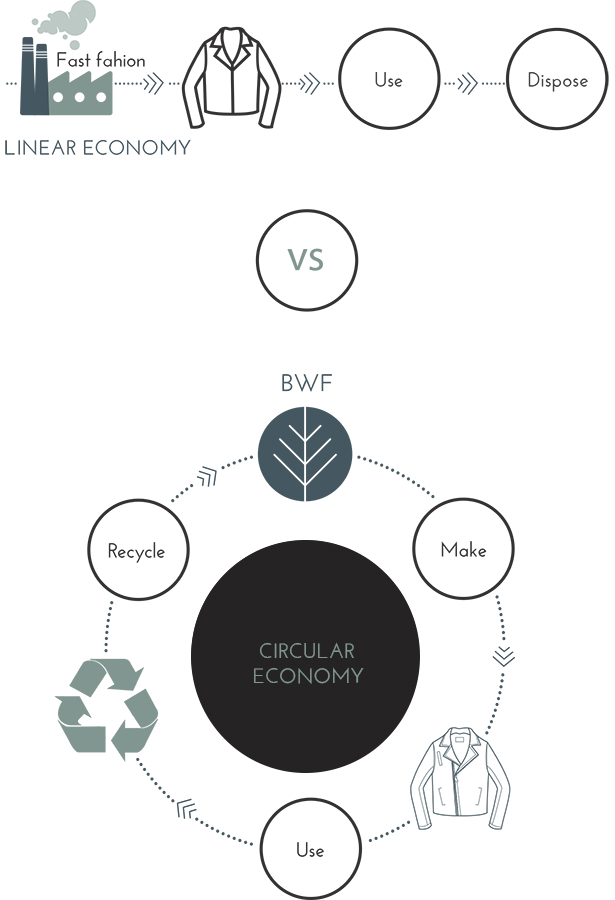
In the photo: Better World Fashion Circular Supply Chain Credit: Kristoffer Juul
Q. Why sustainability and what does sustainability mean for you?
Besides being an entrepreneur, I am an associate professor at Aalborg University and I’ve been researching about marketing and business for the last 15 years. I can remember as I was student here in Aalborg University learning all the theories about outsourcing, about restructuring, data marketing, and all of them have a goal of earning more money. I can remember, being student 20 years ago and I was reflecting if this is the only thing in life, just to earn more money? During my Ph.D. and assistance professorship, this is the thought that I’ve been contemplating upon.
When I got the opportunity to create a company, I actually see it as my personal attempt to show the world that we can actually make a sustainable company that doesn’t only focus on profit because, of course, we need profit, we need to earn money to pay the workers, but I want to show that we can actually make a company whose growth and success is directly connected to the good implication on environment. The more jacket we sell, the more we can do for the environment and human being.
Q. What do you think is the biggest challenge to make fashion industry more sustainable?
The existing players have invested a lot in a current way in running the fashion. The probability that they will lose from a change is relatively big. Therefore, they’ll just prefer to keep everything as it is. But if you look at some smaller companies, we have nothing to lose from the change. We don’t have significant market share and we just want to try to make our business better. The fast fashion industry has been refined for the previous year to fulfill the need for cheap clothes and it takes some time to begin to change something like this.
Q. When did you get the B Corp certification and how was the process?
It happened very early in our process, we stumbled upon B Corp and we’re actually the first Danish B Corp company. We wanted to become B Corp because it makes so much sense for us to become B Corp certified. We aren’t focusing on becoming the best company in the world but becoming the best company for the world. This is what we’ve been focusing on from the beginning. Then the B Corp is also a very great network when we get a lot of contact with companies in all part of the world with whom we can collaborate. It’s always nice to be together with people that share your views. That’s why we decided to become a B Corp company
We didn’t really encounter many difficulties. We have one of the most smooth processes to be a B Corp because there was almost no question within the B Corp that we haven’t thought about.
We have designed our company so that we can be proud of it so that nobody can come and say “what are you doing there?”. We’ve tried to make it as good as possible in all area and we just get confirmed when we did the B Corp certification.
Q. How does Better World Fashion bring a positive contribution to the fashion industry in Denmark?
We started to sell our product in December 2016 so we have just been selling our jacket for 6 months. We still need to sell more jacket in order to show to all existing companies that this is actually a doable business model. By the time we can show this, there will be more companies that look to our company in order to get inspired.
![]()
In the photo: Better World Fashion Logo Credit: Kristoffer Juul
Q. How do you monitor your supply chain to make sure that the whole process is sustainable, especially when your manufacturing process happens in another country outside Denmark?
It is always challenging when you don’t have a production just nearby. Remember that quite a lot of our supply chain is NGOs and other that are supplying our leather jackets to us. So in this stage, monitoring the sustainability in the processes is not a problem. Then we have our production in Poland. The production in Poland had never worked with new leather jackets made out of old leather jackets. They have never worked with recycling so we have used quite a lot of time on training them. Trying to get them understand how we would like the jacket to look like and how we would like them to work with our jacket. So we have actually made quite a lot of capacity building down there and we also made sure to find a good family owned business where they take care of their employee, they pay a good salary and the working conditions are good. Finally, we transport all the leftover waste from the production to Denmark in order to make sure that it will be managed in a right manner.
Q. Why do you prioritize to work family business?
We want to only work with a family business because we want to work with a business that has a strong culture. When we finally found some companies to work with, we could see some have been established since the early 80s. We saw that some of the employees have been working with the companies from the beginning, some others have been working for 25 years. We would be more reluctant if we know there are many new employees and the turnover is big. We know this was a good company that we could base our collaboration on because we could see a strong culture that they have, their focus on good quality and they’re sharing a lot of views with us.
Q. How do you really measure your internal and external impact on the employee, society, and environment?
We have been participating in quite a lot of different network. We also collaborate with a lot of students, around 15 students, from all over the world who are researching on sustainability and circular business model. We also involved in a project with Aalborg` University in order to do LCA analysis of our jacket. Therefore, I know exactly how much my jackets are actually saving the environment. If we compare our jacket to a new leather jacket from virgin material, they save 340 liters of water, 16kg of carbon dioxide, 6kg of garbage, and 3.75kg of chemicals. So each jacket that I sell has this positive environmental impact. On top of that, when we look at the combined sales that we have today, we have saved the world from wasting and emitting over 100 thousands liter of waters, 4.8 tons of CO2, 1.8 ton of garbage and 1 tons of chemicals.
We believe that we also have the impact on societies when we collaborate with students and our network by sharing our views and our learning. However, this one is harder to calculate.
Q. How the UN SDGs play in your business model?
We actually didn’t know about the UN SDGs when we created this company and when I develop the business model. We just wanted to develop something that we could be proud of. We developed a company whose products are relatively cheap or it shouldn’t be more expensive than other products if we want to be sustainable. That was our goal. Then we made this business model and we found out that it was actually circular business model that we have made. When we look at the UN SDGs, it becomes obvious that those sustainability goals cannot be met if it is not for circular business model. The circular business model actually goes across all of these Sustainable Development Goals and have touch points in a lot of them. This makes us enormously proud that we have developed something with the potential to really produce the impact that we were looking for when we designed it.
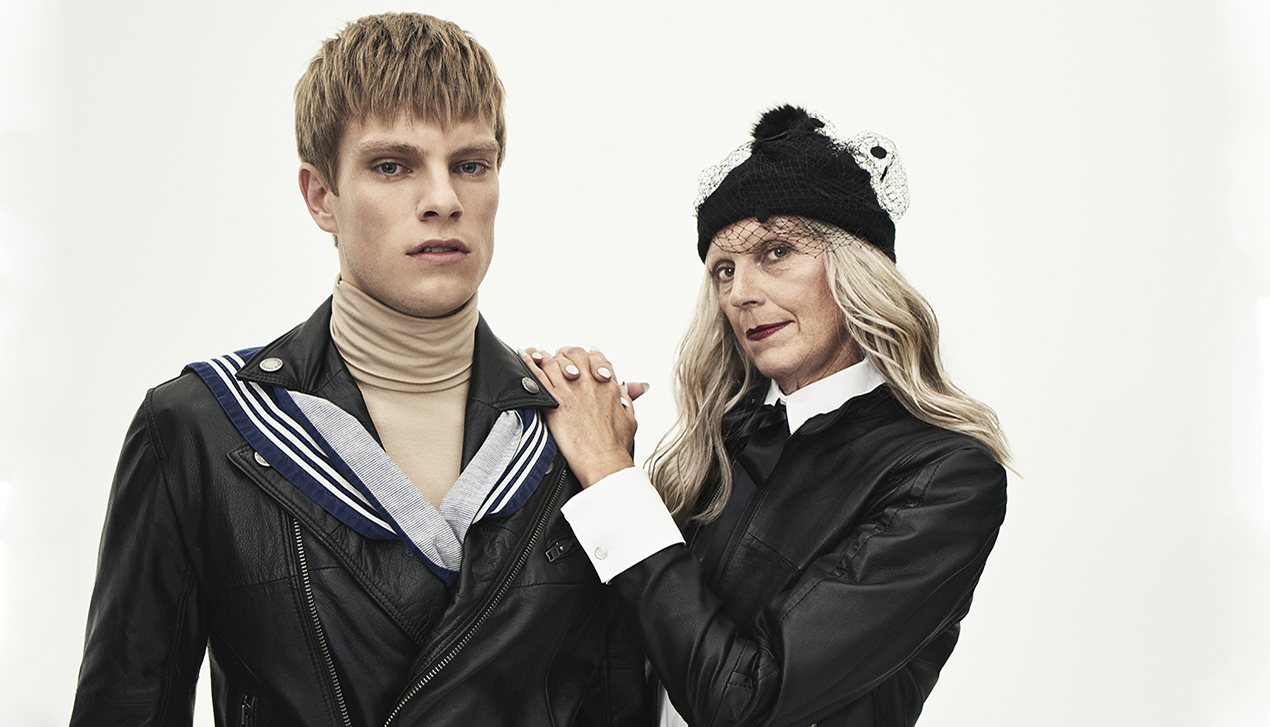
In the photo: Better World Fashion 2017 Credit: Kristoffer Juul
Q. What failure and success story that you encountered during the journey?
We have done a positive crowdfunding campaign and we have been named as some of the most sustainable business by ProjectJust and we also collaborate with a festival in Copenhagen. Also, every time I meet a customer and i see in their eyes that they really share our goal and they like what we’re doing, I know that we’ve done a good thing. For me, that’s the biggest success feeling.
In regards to failure, of course, there are things that we could’ve done differently. We got so caught up in sustainability and, for some period of time, we forgot that it was fashion that we were doing. Fashion operates in a specific fashion rule which means that we need to make the customer understand this is fashion. We cannot sell a fashion product just by saying that it does good to the environment, that is simply not enough. We need to produce fashionable products so that people would associate our jacket to fashion.
We slowly getting back into the fact we’re working in fashion and we need to show that our product is a fashion product. For us, one of the ways to do that is by allowing people to share their story through our app.
I’ve never met a customer who said that what we’re doing is a bad idea or it does not make sense. Everybody that I met gave me a pat on the back and said that I should be proud for creating Better World Fashion. It’s really nice especially when they find the jackets are pretty and it’s something that they want to wear.
Q. What is your plan in the future for expanding the business and how do you want to contribute further to Danish fashion industry?
We want to show that it’s possible to build a company that does good things for society and environment. Exploitation and the negative impacts are something that companies choose to accept. That is really my goal, to show to all the existing companies that all the negative impacts that they do happen because they accept them to occur.
I also want to get as many jackets as possible on the market because it means that we’ve made the impact that we aspire to do. In the near future, we’ll also launch bags that are made from 90% reused material.
For now, we already have a global sale but we’re continuously looking for retailers who can see opportunity in our products.


